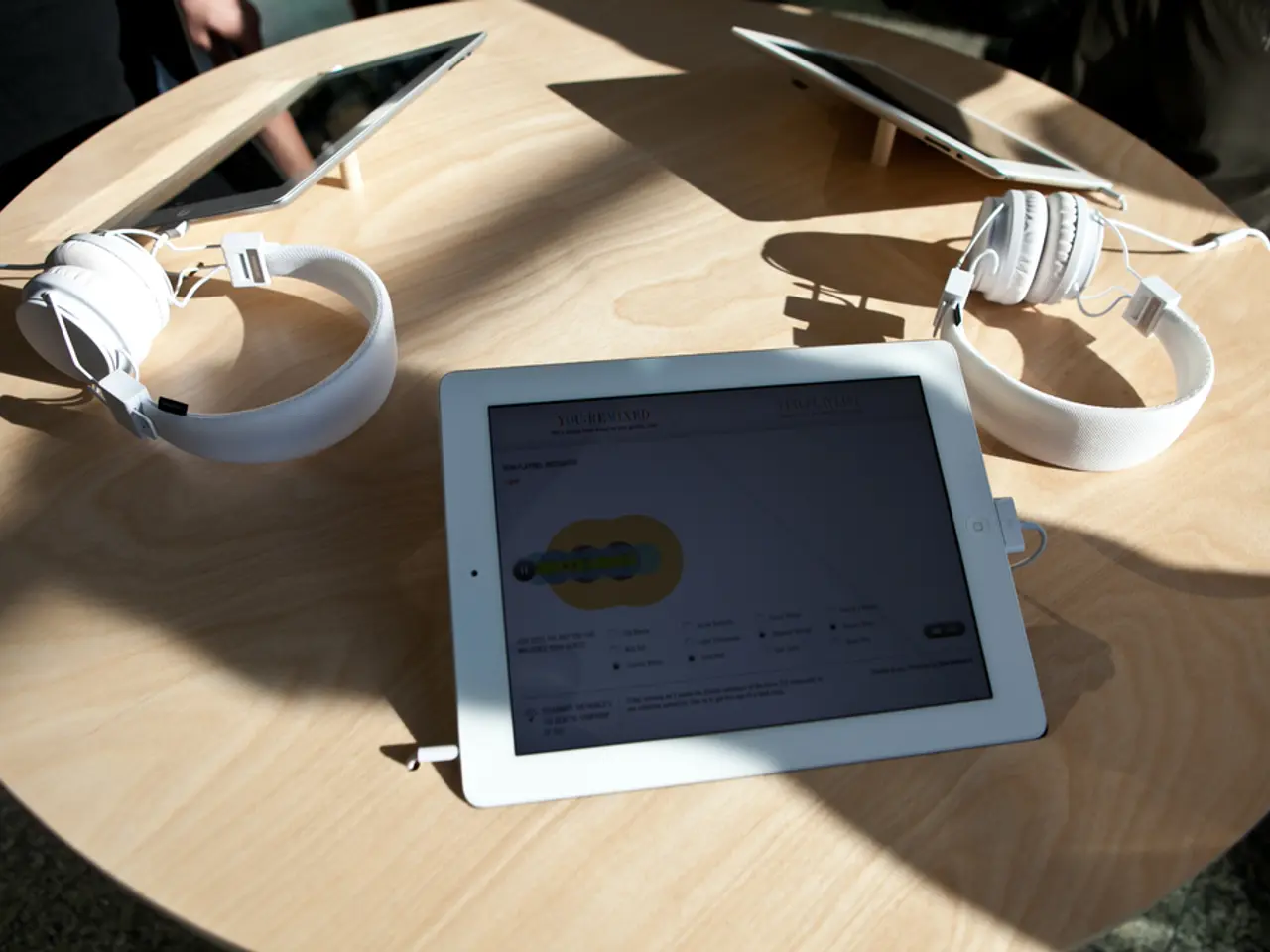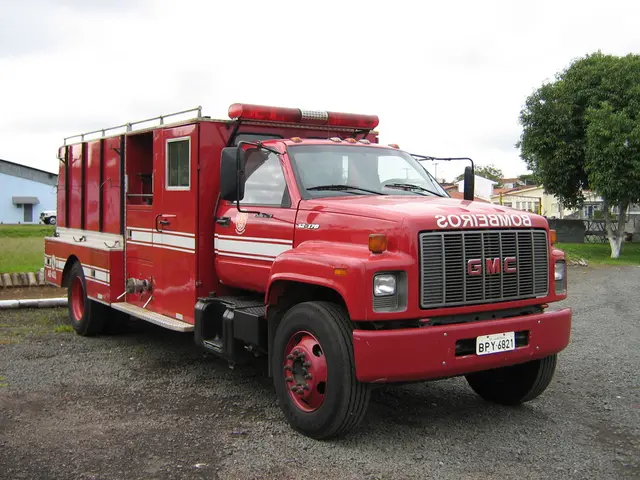IoT Revolutionizes Healthcare with Connected Medical Devices
The Internet of Things (IoT) is revolutionising healthcare, with connected medical devices (CMDs) transforming data collection and patient care. These devices can save nursing time, reduce errors, and enhance clinical support, as seen in projects like FHIR-Starter by Fraunhofer-Institute and Smart Medical Beacons by MOKOSmart.
CMDs can collect vital signs, medication intake, and ventilator data, improving care quality and safety. They can also send global alerts, turning 'dumb' devices into 'smart' ones. Currently, only 24% of physiological monitors and 7% of vital signs monitors are connected to EMRs, indicating vast potential for growth.
Challenges include ensuring devices communicate effectively with networks, maintaining data security, and ensuring compatibility with the hospital's wireless band. However, the benefits are substantial: CMDs can save four to 36 minutes of nursing time daily and prevent up to 24 data errors. They can also reduce costs and save time by automating data collection and monitoring.
Connected medical devices are set to play a significant role in healthcare, both inside and outside hospitals. By managing chronic conditions and preventing readmissions, they can enhance patient care and outcomes. As technology advances, with companies like United Robotics Group focusing on intelligent robotics, the future of CMDs in healthcare looks promising.
Read also:
- Web3 gaming platform, Pixelverse, debuts on Base and Farcaster networks
- Goodyear in 2025: Advancement in Total Mobility through the Launch of Kmax Gen-3 by Goodyear
- Boston Metal pioneers route to commercial production for eco-friendly steel method
- Advanced automotive-grade adhesive tapes with cutting-edge technology








